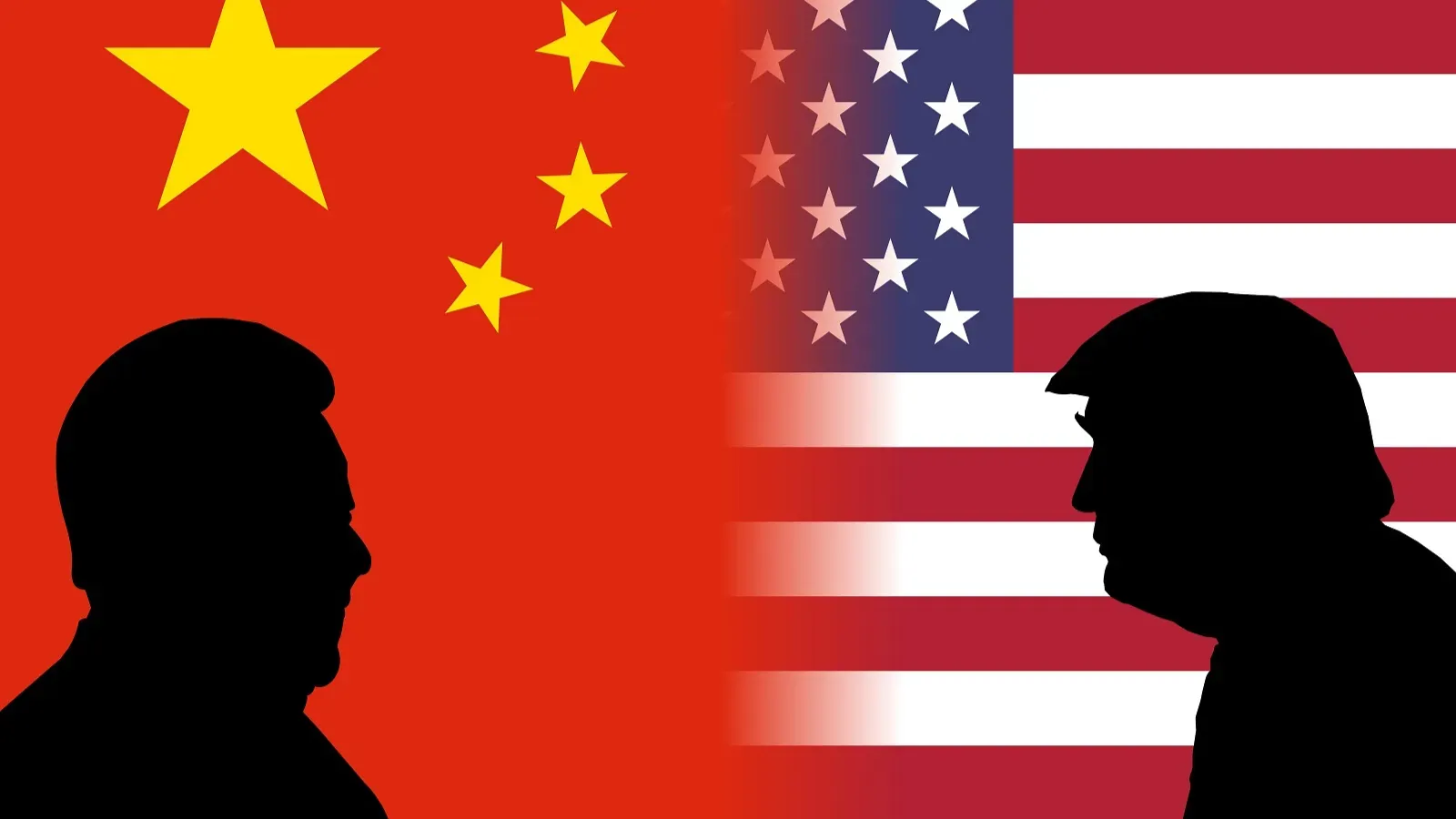Business News
Tariff war: Trump administration pushes for talks with China; is the US feeling the heat of tariffs?

4 min read | Updated on May 02, 2025, 13:01 IST
SUMMARY
The trade war between the US and China has resulted in an embargo-like situation. Heavy decline in container bookings and rising cancellations are the cause of worry for both nations. However, both nations are waiting for one another to surrender first in an unending stalemate. China now evaluates to considers a talk with the US after it softens its rhetoric against them.

Chinese export shipments to US drop 60% as steep tariff impacts two economic powerhouses. Image source: Shutterstock.
The US-China trade war has reached its peak after both nations imposed high rates of tariffs on each other. After a month of hitting one another with a slew of tariffs, both nations are now cooling down their aggressive stance and looking for talks to decide the future course of things. China finally said it is in the evaluation process for considering the possibility of discussing on tariffs with the US.
The US has been posturing the tariffs as a great tool for negotiations with China, which, according to Trump, has exploited the US with a trade surplus and IP theft for decades. Post the April 2 Liberation Day announcement on reciprocal tariffs, the tensions between China and the US escalated as both nations. Currently, the US has imposed 145% tariffs on China, and China retaliated with 125% on US goods.
Here’s what has happened till now on talks between the US and China
The US softened its rhetoric over the last few days as several officials from the Trump administration hinted at de-escalation between the US and China over tariffs. It started with Treasury Secretary Scott Bessent signalling a willingness to de-escalate by stating on April 23 that the 145% and 125% tariffs are unsustainable. He said tariffs need to come down before talks proceed further. Post this, reports emerged that the US was actively negotiating with China, and tariffs would come down substantially soon.
However, China refuted the claims as the Chinese Ministry of Spokesperson, Ha Yadong, said, “ At present, there are no negotiations on the economy and trade between China and the US”. Furthermore, Chinese Foreign Ministry spokesperson Guo Jiakun called reports of talks “fake news”.
On April 25, a Time Magazine interview, Trump claimed, President Xi called him and that his administration was in active talks with China to strike a trade deal. The news was also refuted by by Guo Jiakin , stating, “ As far as I know, there have not been any calls between the two presidents recently.
Again, on May 1, the reports emerged of potential de-escalation as White House economic advisor Kevin Hassett told CNBC that loose discussions were occurring across both governments. However, this time the Chinese counterparts have shown a positive response. Yuyuan Tantian, a Chinese state-linked Weibo account, reported that the US had proactively reached out to China to discuss tariffs.
Looking at the current stalemate between both nations, it seems the US’s aggressive posturing and rhetoric over China has softened, and it is eager for talks with China. China has responded positively to this with an expectation of removing the unilateral tariffs before initiating talks.
Here's why US is eager to de-escalate tensions
It is significant to understand what has led to the US softening its stance on China after imposing steep 145% tariffs on China. As China retaliated with more tariffs on China, it practically worked as an embargo between the two economic powers. The initial estimates suggest nearly 50-60% of bilateral trade flows for April 2025. Pre-tariffs, the total trade between countries was approximately valued at $558 billion in 2024. US imports from China dropped by 60%, and 30% of the shipments to the US have been cancelled. Container bookings from China to the US have also dropped by 45% YoY. Hapag-Lloyd, one of the largest container shipping companies in the world, stated that Chinese customers have cancelled 30% of its bookings.
On the other side, the US farmers too faced the heat of tariffs as China was a major importer of soybeans from the US. The early estimates suggest a 40-50% drop in the US agricultural exports to China.
As the above data suggests, both nations are facing immense pressure from tariffs and are bound to respond with de-escalation efforts. The only obstacle is who lets go of their egos first.
About The Author
Next Story

